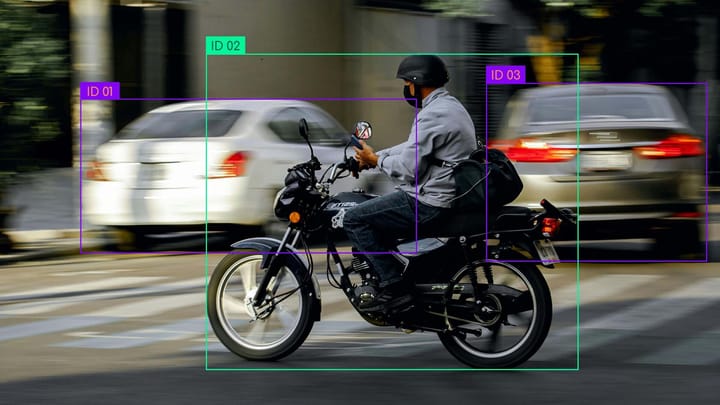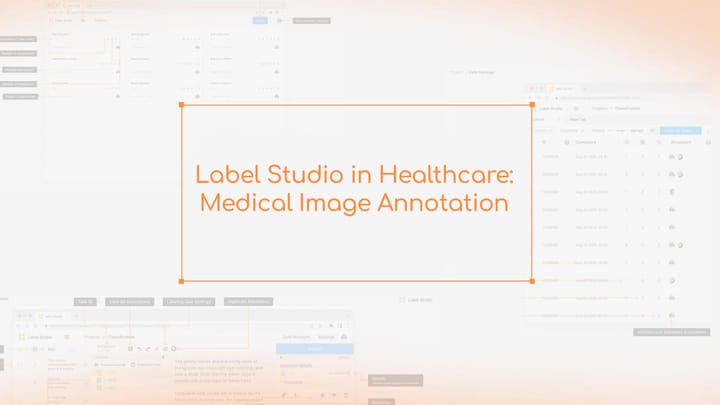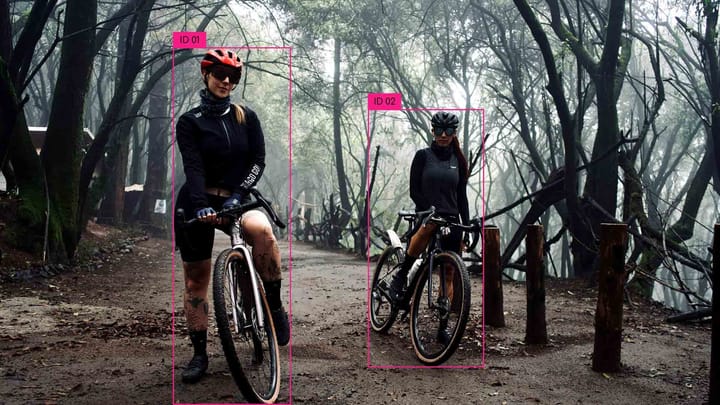What is a Machine Learning Data Annotation Platform?

Data annotation is one of the most critical steps in machine learning. It's also tedious, time-consuming, and error-prone. Machine learning data annotation eases this process by enabling data labeling with minimal effort.
Machine learning algorithms need large quantities of labeled data to make predictions. Sometimes, they receive this information in training images and videos with pixel-level annotations. In others, the labels come from human experts who annotate images or videos.
How does a platform for machine learning data annotation work?
Manually labeling images takes tremendous time and effort. To increase efficiency, use automated tools that mark large image sets. This tool is called an annotation platform. It provides a browser-based interface for image labeling with categories. Then, you can export these annotations as datasets for machine-learning models.

The primary purpose of machine learning data annotation platforms is to simplify the process as much as possible. Consequently, users can improve the dataset quality. No knowledge about machine learning or AI technologies is necessary. Annotation platforms allow you to build training sets from existing and new datasets.
One use for an annotation platform is image labeling for computer vision. For example, you might have thousands of images containing cars and people. Your goal is to train models that can classify these images. But, manually labeling each image is tedious. Instead, you would use an annotation platform to label them automatically.
What you can do with an annotation platform
The main benefit is reducing the time to label copious amounts of data. As a result, you can reduce costs and achieve goals quickly. There are many ways to use annotation platforms. For example, you add information to your dataset. For example, add the location or correct dataset errors.
Use a machine learning data annotation platform to:
- Prepare your data for machine learning algorithms during training by adding labels and tags. These labels can be words, numbers, or images describing each item's dataset content.
- Create descriptions of each item in your dataset that explain what it means or how it works. For example, if you have an image of a dog, its description might say "dog" or "brown Labrador."
- Organize items into groups to easily access them later. For example, suppose you're building a facial recognition model. You might want to group all the photos based on photo IDs. This way, you can group them when you run models later.
- Complete quality assurance testing to ensure annotations are accurate.
- Export your annotations and use them for computer vision or machine learning projects.

An annotation platform lets you add structure to data. This structure enables you to perform machine-learning tasks. Examples include model training or building an AI-powered application.
Data Collection
Machine learning algorithms depend on reliable and accurate training data. Collecting data for training models is often difficult. You need to consider which data types you’ll need to train them. Here are some examples:
- Textual data (e.g., emails, documents, blog posts)
- Images (e.g., public source photos or internal image collections)
- Video data (e.g., YouTube videos)
Collect as much data as possible. Most of the time, this means collecting as many examples of your target medium as possible. The more information, the better your model can make predictions.
Data annotation and semantic segmentation
Semantic segmentation involves labeling image pixels with a category (e.g., buildings, cars, people, etc.). Semantic segmentation supports many applications in computer vision. Examples include object tracking and detection, scene classification, and human sentiment estimation.

Real-life data annotation applications
Machine learning data annotations are helpful for many different purposes. Below are some examples:
- Autonomous vehicles – Annotate road markings. This way, autonomous cars can recognize them and make driving decisions.
- Facial recognition – Facial recognition for security purposes has become more commonplace. It can identify people accurately.
- Medical annotation – Doctors use it to label patient images with information. Then, they can search for similar cases when treating a patient.
An annotation platform helps users create and manage data annotations. It helps structure data for machine learning with class labels, tags, and attributes. Developers use them at all process stages, from training to deployment.
Conclusion
KeyLabs offers image and video annotation tools for creating high-quality training data. Our in-house team uses state-of-the-art annotation tools to ensure the most accurate results. Using KeyLab's annotation tool, you can annotate images and videos with professional results.



Comments ()